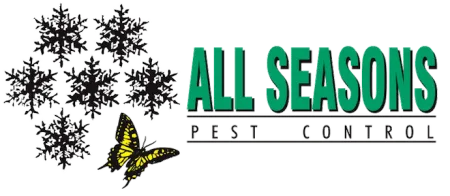Insect & Pest Control Guide
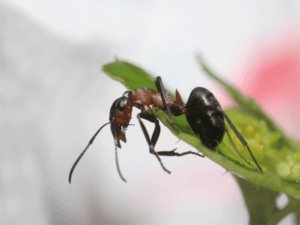
ANTS
Ants seek out food in any form, such as crumbs on your kitchen counters or pet food left out. To get to a meal, they enter your home through the tiniest openings around windows and doors. Once an ant locates a food source, it uses pheromones to tell the rest of the colony the good news so they can follow along. The best way to prevent an ant infestation is to keep crumbs and spills wiped up. Ants are notoriously difficult to get rid of, so using a professional saves you time, money, and frustration.
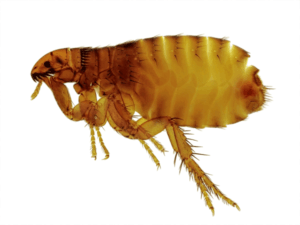
BITING INSECTS
Biting insects such as fleas and bed bugs make your home miserable for you and your pets. They latch onto humans and animals alike, carrying disease and irritating their hosts. Biting insects are hard to spot, but they reproduce quickly, so it’s critical to get professional help as soon as you suspect an infestation. Once an expert has treated the area, vacuuming carpets and laundering bedding and curtains can help keep them from coming back. If you have pets, use flea collars or another preventive to keep them flea-free.
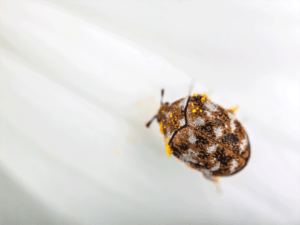
FABRIC PESTS
One common type of fabric pest is the carpet beetle. These oval-shaped creatures can be black, orange, brown, yellow, or white and may be mistaken for ladybugs. Some have tufts of hair or stripes. Carpet beetles love natural fibers like bedding, wool, or curtains, but they will eat synthetic materials if nothing else is available. They can do a great deal of damage in a short time, so it’s important to act right away if you see signs of an infestation.
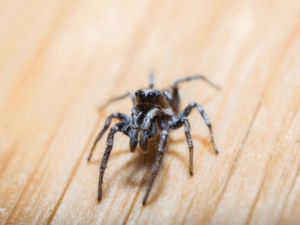
SPIDERS
Spiders inspire a deep-seated fear known as arachnophobia in many people. It’s difficult to tell which spiders are poisonous and which are not, so it’s best to keep them all out of your living space. These eight-legged pests usually come into your home inside bags and backpacks, hiding in the folds and crevices. Once inside, they take up residence in dark areas such as basements and cabinets. Keeping those areas neat can help control the spider population, but if you see signs of a problem, call a professional before it gets out of hand.
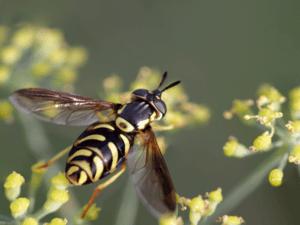
STINGING PESTS
Stinging pests are not just a nuisance; they can be dangerous as well, especially if someone in your home is allergic. In the spring, bees, wasps, and the like emerge from winter seclusion ready to eat. While they do carry out vital functions in nature such as pollination, when the food supply runs out, stinging insects may look for a meal in your trash bins. Removing the food source may be enough to convince the pests to move along, but if not, a professional can help you with a more long-term solution
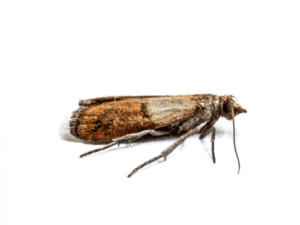
PANTRY PESTS
From cockroaches to beetles, all kinds of pests can make their way into your kitchen pantry. While the pests themselves differ in shape, they will be quite small, and they generally resemble the food they have overtaken. You know you have an infestation when there are holes in packaging, and food is missing. You can eliminate them by discarding any items that have been infested. You should clean out all of the pantry shelves with a vacuum to get rid of any eggs or pupae left behind. You can help avoid future infestations by keeping all food in sealed, tight-fitting containers.
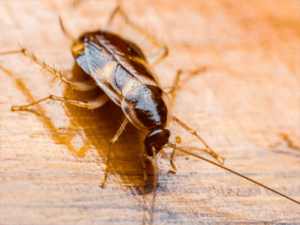
ROACHES
German cockroaches are the most common roaches you will have to contend with. They are generally half an inch in size and have distinct dark stripes running down their backs. Additionally, they love to be near water so that you may find them near the sink in the bathroom or kitchen. You can try to cut them off from their food supply by not leaving crumbs around the house. Otherwise, you will require professional assistance to eliminate them.
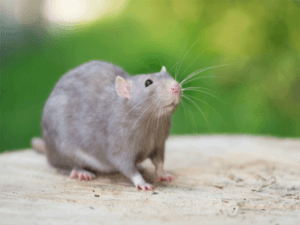
RODENTS
Rodents, such as mice or rats, are easiest to identify because they leave behind droppings around cupboards and drawers. You may also notice chewing marks on food packaging. You can use mouse traps and other forms of bait to keep the rodents at bay. However, it will be easiest to stop them from getting in your home in the first place. You should eliminate any entry points by fixing any holes in your home’s siding or roof. You should also make sure your garbage containers have tight-fitting lids, and you should avoid feeding any outdoor birds because they can leave behind food that attracts rodents.
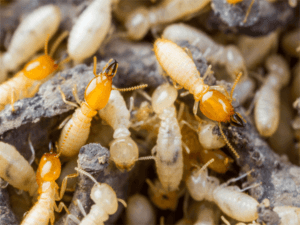
TERMITES
You can identify a termite in that they have four wings and two straight antennae. Although there are different types of termites, so the ones in your home may not have wings. They are generally brownish, but some are translucent. You can set up bait stations around your home to deal with an infestation as well as spray wood with boric acid to cut off their food source. You should have termite inspections done by a professional at least once a year and have your house pre-treated for the tests regularly. It is also a good idea to eliminate any wood that comes into contact with the ground in your home.
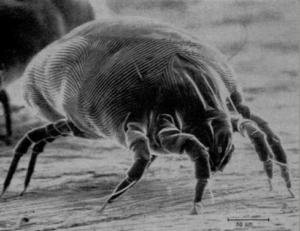
MITES
Thousands of mite species exist, and they have a similar body to arachnids. You may realize you have them when your allergies start to act up. Although they are small, you should be able to identify their movement across a surface, especially if you are dealing with clover mites that are bright red. Mites are generally too small to deal with on your own, so you will need to contact a professional to get rid of them. However, you can do your part in keeping mites at bay by vacuuming around the house often, protecting your bed with dust-proof covers and keeping all of your fabrics clean.
